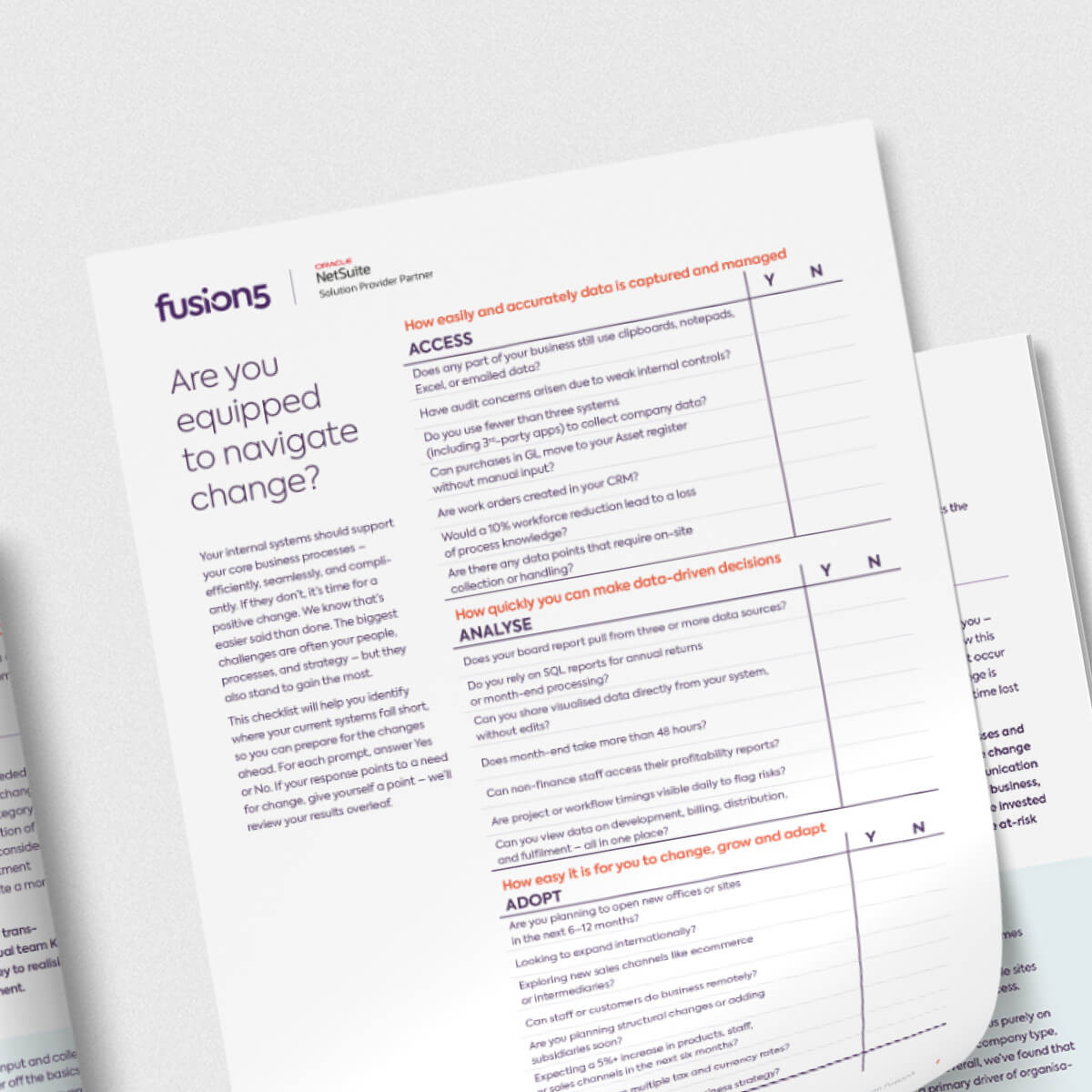NetSuite vs MYOB Advanced (Acumatica) – how they stack up
When it comes to cloud-based ERP, without a doubt, NetSuite and MYOB Acumatica (formerly MYOB Advanced) frequently make the shortlist of applications under consideration. Both solutions have comparable functionality across several different modules, as seen in the table below. Both are cloud-based ERP systems, meaning the service provider maintains and updates the software, and you can access it via a web browser.
In our experience, companies typically choose MYOB Acumatica when they need a quick fix and a less advanced functional product to address their immediate challenges and concerns. These companies tend to be more price-sensitive. Whereas companies that choose NetSuite over MYOB Acumatica are often seeking a solution that is scalable and can grow quickly with their current and future business expansion needs. This is why NetSuite is also a popular business management suite for growth-focused businesses. NetSuite is also built with real-time data entry, while MYOB Acumatica uses batch-based entry at the sub-ledger level, which can make reporting difficult, especially when your business is experiencing rapid growth, and you require accurate data visibility across your core operations.
However, once a company expands internationally, the differences become more evident between these two solutions. One of NetSuite’s key strengths is its ability to support multiple languages and currencies and foreign regulatory and tax laws at a superior level. This means MYOB Acumatica users may struggle with limited visibility across their international entities and operations, creating a significant manual workload when transacting in other currencies and conducting financial consolidation.
Comparison matrix: NetSuite vs MYOB Acumatica
| Feature Comparison |
NetSuite |
MYOB Acumatica |
| Core Financials |
✓ |
✓ |
| Project Accounting |
✓ |
✓ |
| Inventory Management |
✓ |
✓ |
| Warehouse Management |
✓ |
✓ |
| CRM |
✓ |
✓ |
| eCommerce |
✓ |
X |
| Multi-currency, multi-language |
✓ |
✓ |
| Subsidiary Management |
✓ |
✓ |
| Professional Services Automation |
✓ |
X |
| Support |
Company and partner |
Company and partner |
Source: NetSuite Australia














